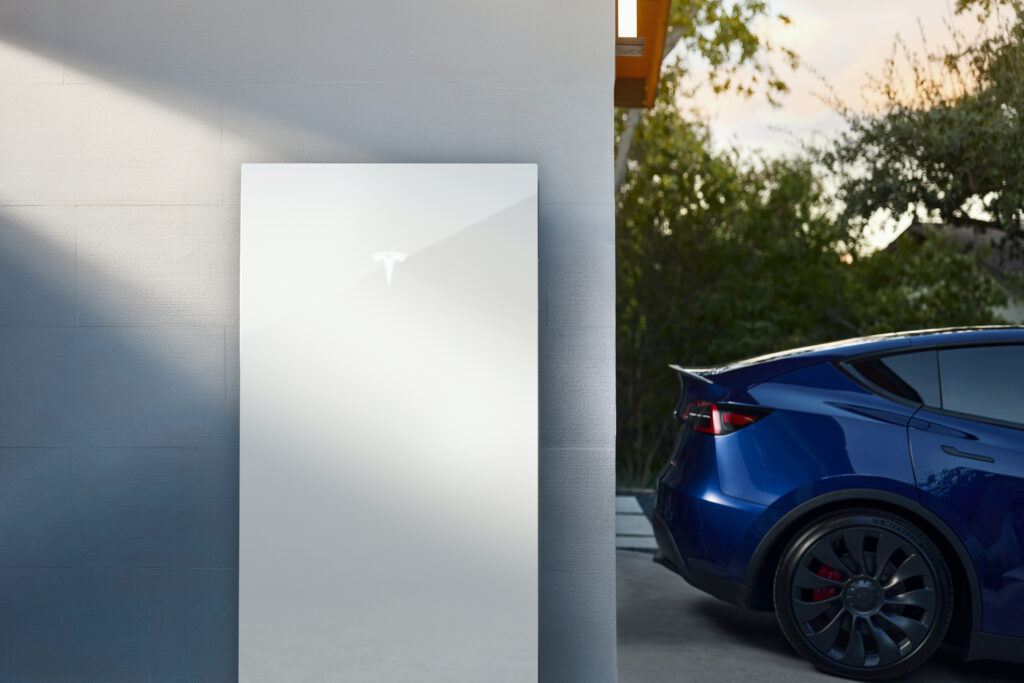The Future of Solar: Innovations and Trends in Solar Technology
Home » The Future of Solar: Innovations and Trends in Solar Technology

The solar industry is now entering a time of change, driven by fast-paced tech advances and new trends. As we explore the future of solar energy, it’s evident that the coming years will bring significant advancements in efficiency, cost reduction, and accessibility. This blog explores the emerging trends and technological breakthroughs shaping the solar landscape, highlighting the potential impacts on consumers and the global energy market.
Technological Innovations in Solar Panels
One of the most exciting developments in solar technology is the advent of new materials and designs that promise to increase the efficiency of solar panels dramatically. The latest solar panel technology, includes the ongoing search for innovative materials and designs aimed at significantly enhancing the efficiency of solar panels. The cutting-edge technology on the horizon promises potentially greater energy conversion rates compared to conventional solar cells. These emerging technologies are not only more cost-effective to manufacture but are also characterised by their superior light absorption capabilities, paving the way for solar panels that are thinner, more adaptable, and robust in their power generation.
Solar Battery Installation
Integrating solar with battery storage technology is a game-changer for the solar industry. Solar battery installation allows homeowners and businesses to store excess solar power during non-sunny periods, making solar energy more reliable and self-sufficient. This innovation not only enhances the usability of solar energy but also plays a critical role in stabilising the grid, especially as more renewable energy sources are integrated.
Trends in Solar Panel Cost and Pricing
The solar panel cost trend has been consistently downward over the past decade, making solar energy more accessible to a broader audience. This trend is expected to continue, driven by improvements in manufacturing processes, economies of scale, and technological advancements. More incentives are also being given to residents and businesses making the transition. The declining solar panel pricing trend is crucial for the widespread adoption of solar energy, as it lowers the barrier to entry for both residential and commercial users.
Advancements in Manufacturing and Installation
Innovations in manufacturing processes are set to reduce the cost and time involved in producing and installing solar panels. Techniques such as roll-to-roll processing for thin-film solar panels make it possible to produce solar cells more efficiently and at lower costs. Moreover, advancements in installation technologies are simplifying the process, reducing the labour time and costs associated with setting up solar energy systems.
Global Impacts and Accessibility
The future of solar energy promises not only to make renewable energy more efficient and cost-effective but also to enhance its accessibility across the globe. Innovations in solar technology are paving the way for deployment in a wider range of climates and locations, including urban environments where space is at a premium. This increased accessibility could be pivotal in accelerating the transition to renewable energy worldwide, contributing to reducing carbon emissions and the fight against climate change.
Enhanced Energy Management Systems
Integrating advanced energy management systems with solar installations is becoming increasingly prevalent. These systems use AI and machine learning algorithms to optimise energy production, storage, and consumption. They can predict energy usage patterns and adjust accordingly, ensuring that solar power is utilised most efficiently, reducing waste, and even cutting down energy bills.
Solar Panel Recycling
As the number of solar installations grows, so does the need for sustainable end-of-life management for solar panels. Innovations in solar panel recycling are emerging as a crucial trend, aiming to recover valuable materials and minimise environmental impact. This trend not only addresses sustainability concerns but also contributes to the circular economy in the solar industry.
Building-Integrated Photovoltaics (BIPV)
BIPV technology integrates photovoltaic materials into building structures, such as windows, roofs, or facades, turning buildings into power generators. This approach not only saves space but also enhances the aesthetic appeal of solar energy solutions. As BIPV technology advances, it could revolutionise how we think about building design and energy efficiency.
Community Solar Projects
Community solar allows people who may not be able to install solar panels on their property to buy or lease a portion of a larger, shared solar farm. This trend expands solar energy’s reach, making it accessible to renters, apartment dwellers, and those in densely populated areas. It democratises access to solar energy, contributing to a more inclusive renewable energy future.
Transparent Solar Panels
Emerging research into transparent solar panels could transform windows and glass surfaces into energy generation sources without compromising transparency. This technology has the potential to be applied in homes, office buildings, and even cars, significantly expanding the surfaces capable of generating solar power. Transparent solar panels represent a blend of functionality and aesthetics, opening up new avenues for solar energy integration into daily life.
Stay Updated With SAE Group
The horizon for solar energy is bright with the promise of technological innovations that will enhance efficiency, reduce costs, and expand accessibility. As we witness the evolution of the solar industry, driven by advancements in solar panel technology, battery storage, and manufacturing processes, the potential for solar energy to become a dominant force in the global energy market becomes increasingly tangible. The future of solar is not just about generating clean energy; it’s about reshaping our energy landscape to be more sustainable, resilient, and accessible to all.
Stay tuned to the latest trends and innovations in the solar industry with SAE Group as we explore and embrace the future of solar energy together.








